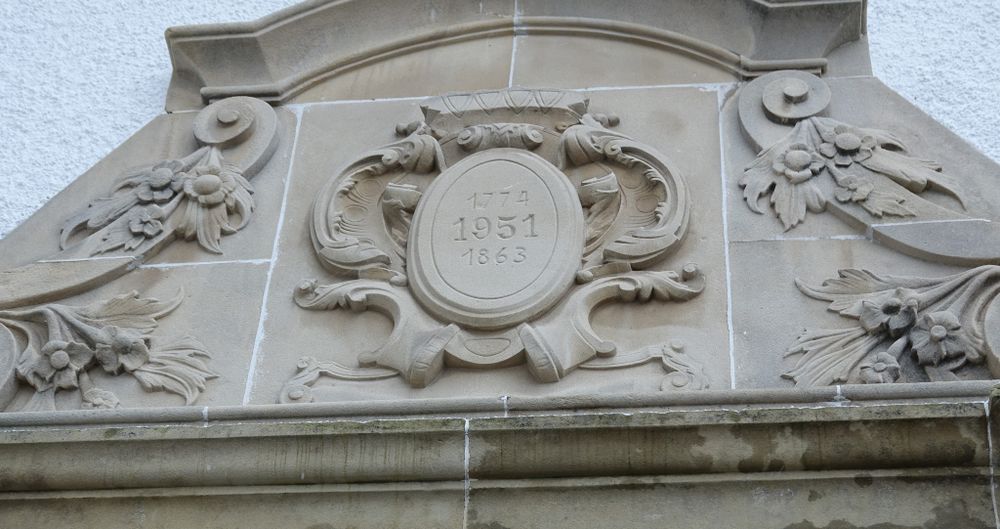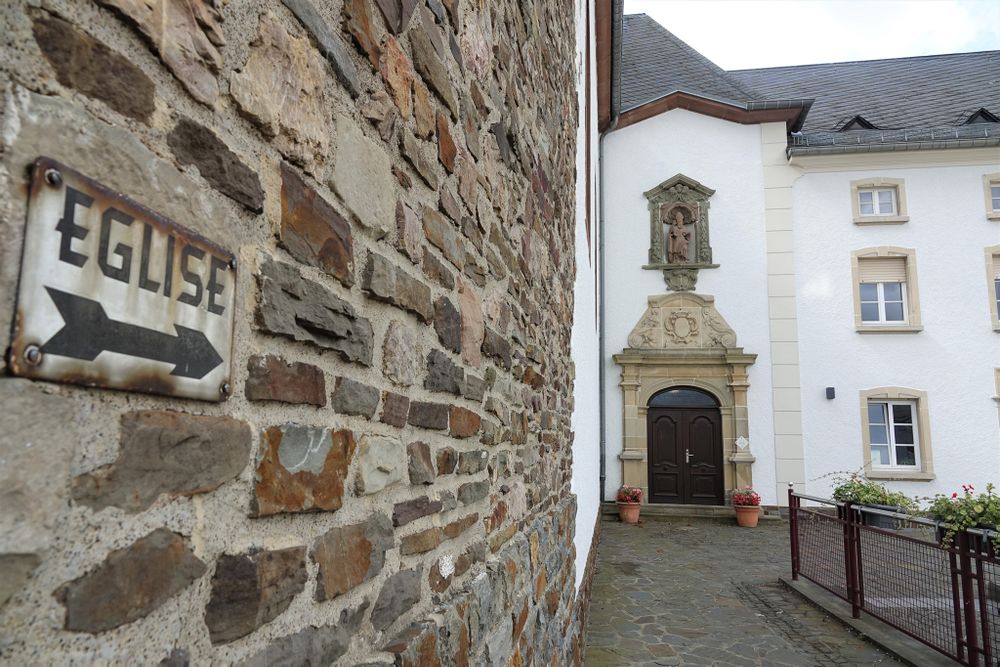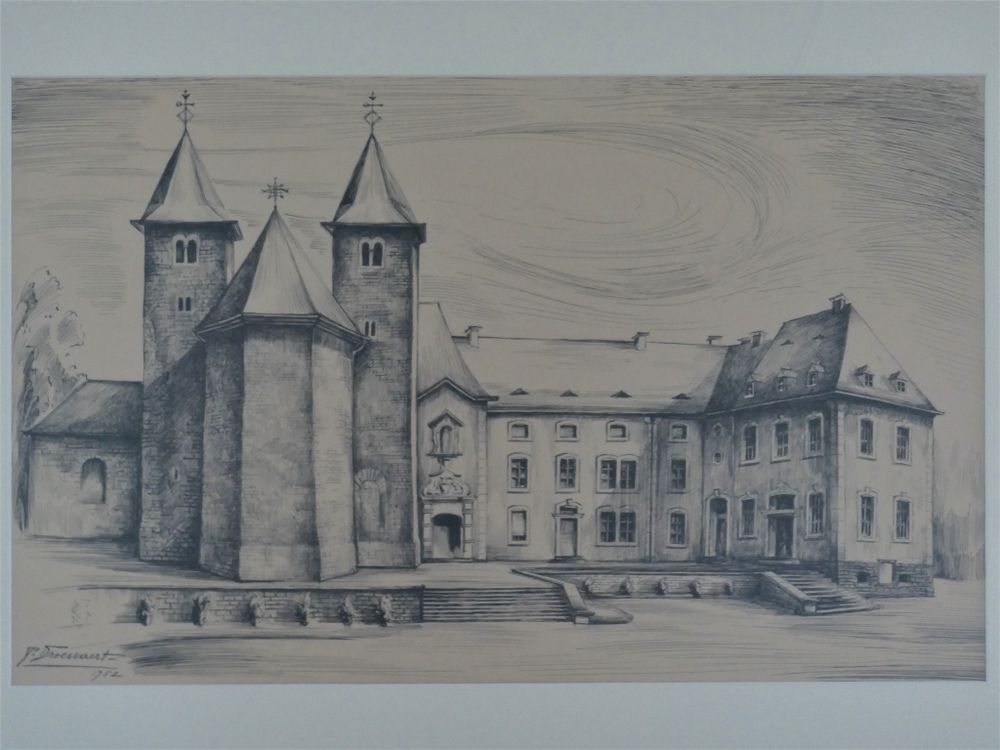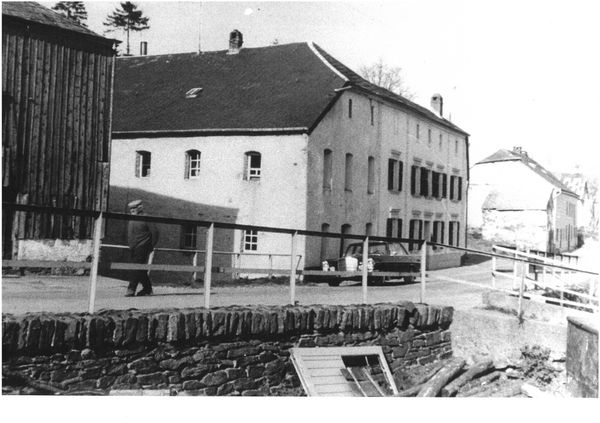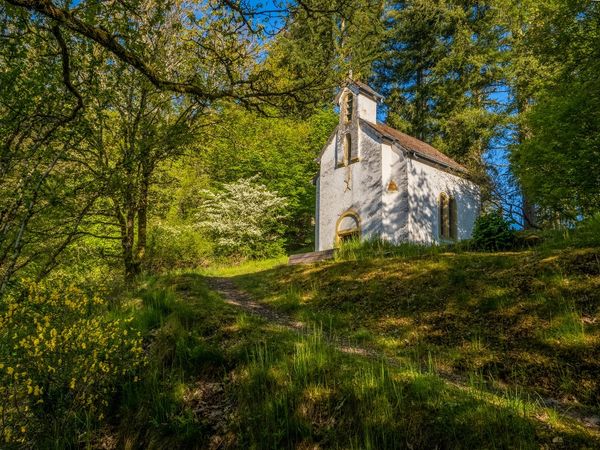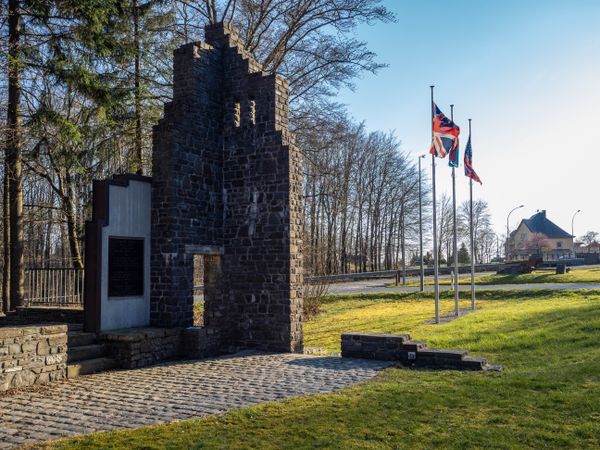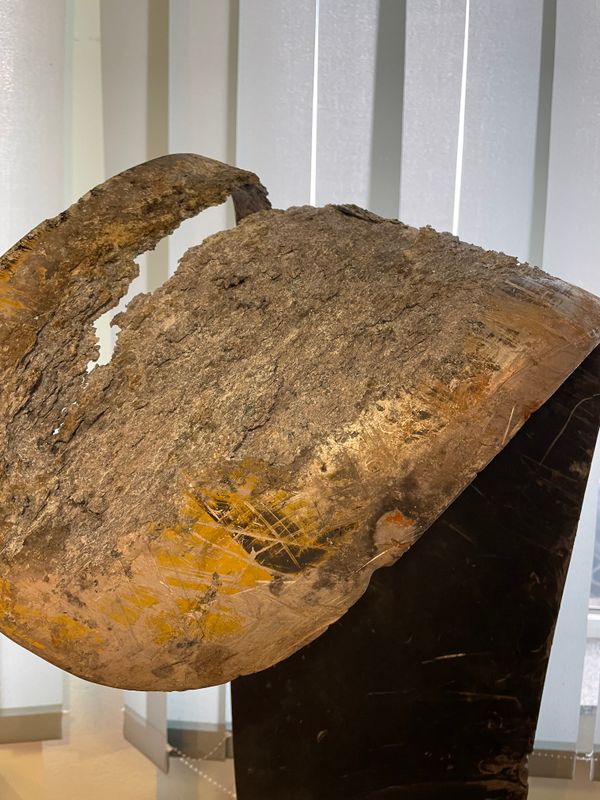

Women’s convent in Hosingen
Discover the echoes of time in Hosingen's ancient Augustinian convent, a sanctuary of nobility and learning from its enigmatic origins to poignant its dissolution. Its walls resonate with Luxembourg's rich heritage!
The Augustinian convent of Hosingen stood as a bastion of faith and education for centuries in the heart of the village. It served as both a sanctuary and a center of learning, nurturing the spiritual and intellectual growth of noble daughters from affluent families.
Founded during the reign of Emperor Henry IV in the 11th century, the exact date of its establishment remains unknown due to the loss of its founding charter. Led by the Abbess Sara von Spanheim, the monastery flourished, providing not only religious services but also education for its residents and the local community.
However, the monastery faced turbulent times, notably during the tenure of Abbess Irmengard von Stolzemburg, when Burgundian forces besieged and razed the convent during regional conflicts. Despite adversities, the Augustinian convent endured, nurturing generations of devout women until its dissolution in 1784 by Emperor Joseph II's decree.
With the dissolution came the end of an era, as the convent's assets were auctioned off, and its noble inhabitants were dispersed. The former convent church transitioned into a parish church, symbolizing the shift in its purpose from contemplative solitude to communal worship.
Yet, the monastery's halls bore witness to more than just religious rites. During the Peasants’ War of 1798, the church became a refuge for peasants turned warriors, who valiantly defended their way of life against Napoleonic forces, armed only with their artisan tools and fervent spirit.
Today, the echoes of the convent's rich history resonate through the renovated halls, now home to regional social services.
Opening hours

